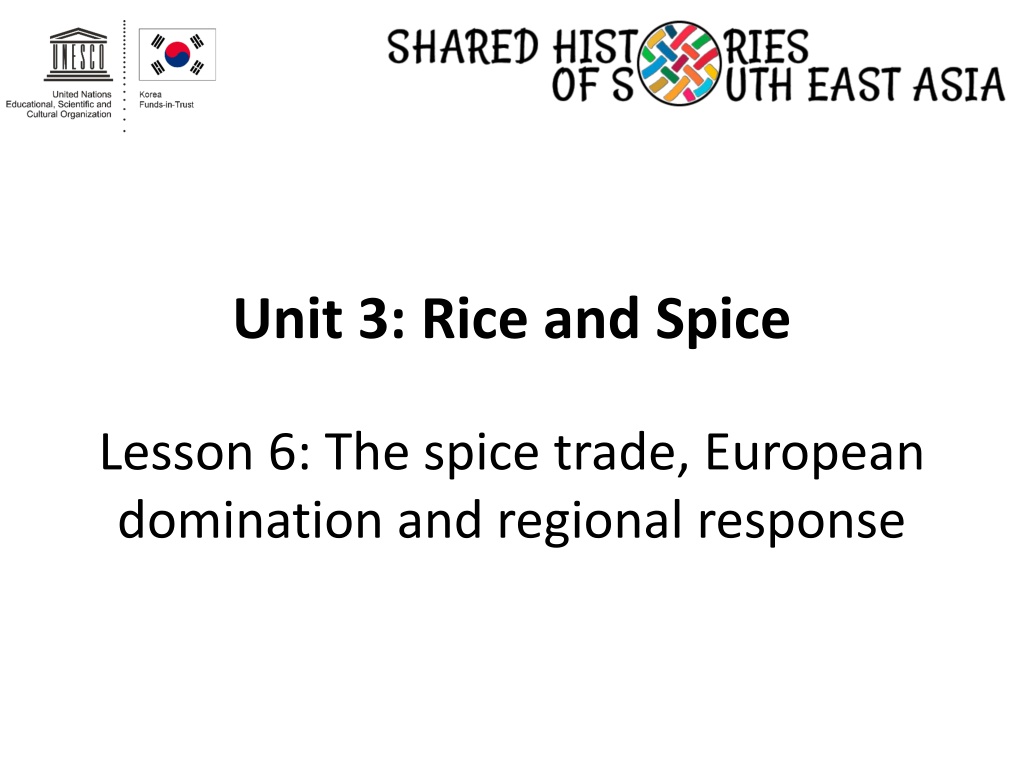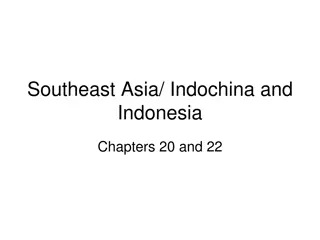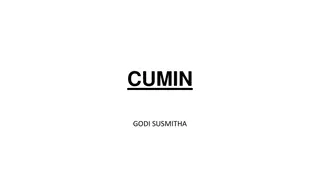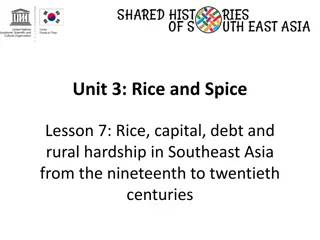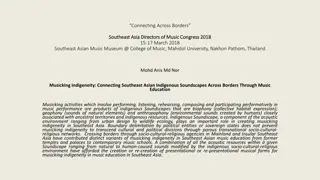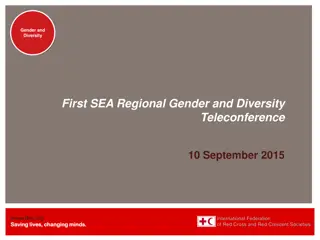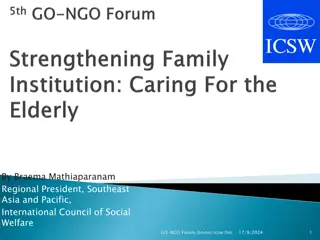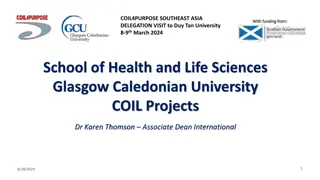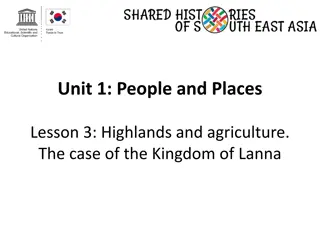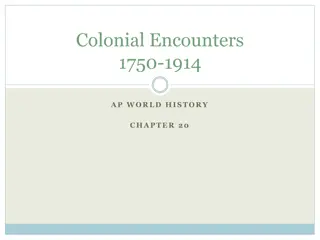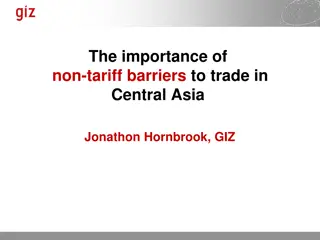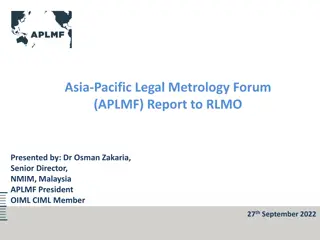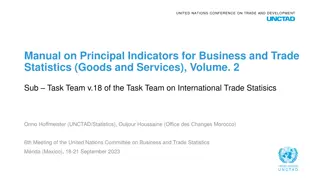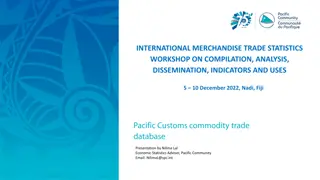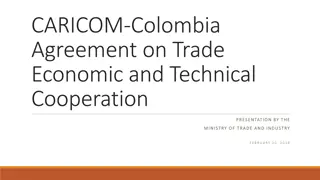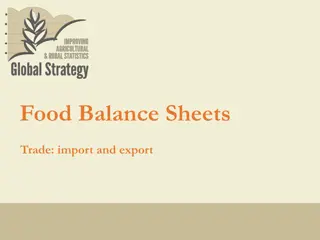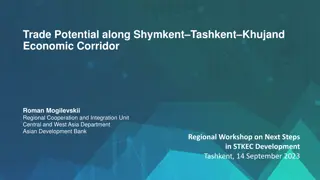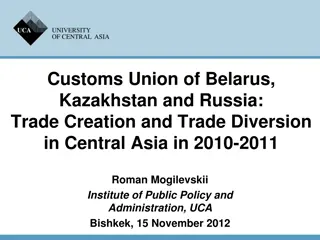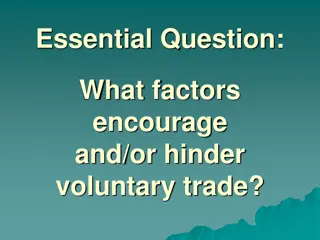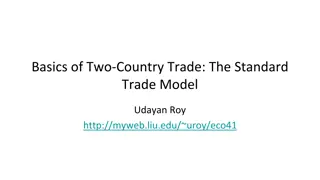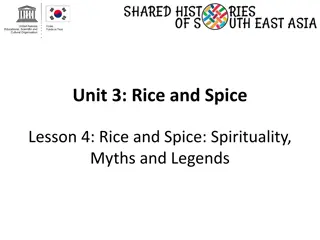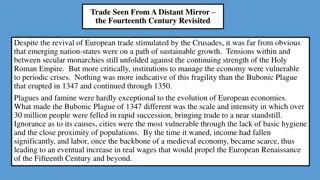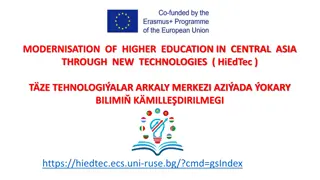The Spice Trade and European Domination in Southeast Asia
The presentation explores the dynamics of the spice trade in Southeast Asia during the 16th to 18th centuries, focusing on European domination and regional responses. It discusses the motivations behind European control of the spice trade, the actions taken by the Dutch and British, as well as the resistance faced from locals and Muslim ports. The activities and discussions outlined provide an insightful look into this historical period.
Uploaded on Sep 23, 2024 | 0 Views
Download Presentation

Please find below an Image/Link to download the presentation.
The content on the website is provided AS IS for your information and personal use only. It may not be sold, licensed, or shared on other websites without obtaining consent from the author. Download presentation by click this link. If you encounter any issues during the download, it is possible that the publisher has removed the file from their server.
E N D
Presentation Transcript
Unit 3: Rice and Spice Lesson 6: The spice trade, European domination and regional response
A note to users of this presentation This presentation was developed as complementary materials for teachers running this lesson. It follows the lesson plan. It includes content from the lesson plans and the introductory essays for teachers lectures. It also introduces some of the activities suggested for students. You are welcome to customize this presentation to adjust the lesson to their curriculum and to your students. You can change images, add/remove activities, and of course delete this slide, etc. The Teacher s Guide (https://sharedhistories.asia/teacher/) provides guidance on how to adjust the lessons. We wish you a successful lesson! The Southeast Asian Shared Histories project was developed by UNESCO Bangkok with funding from the Republic of Korea.
16th to 18th centuries: Southeast Asia remained connected to the rest of the world and its global trade continued to grow, but the dynamics became more complex.
15th century: many traders groups 16th-18th: the Dutch and the British began to seek more dominant positions in the trade. Europeans as one group of middlemen
Discussion Why were the Europeans motivated to control the spice trade?
Assigned groups Home groups Group A B1 A2 A1 Sources set 1 C1 A1 A4 A3 Group B B3 D1 B2 B1 Sources set 3 C3 A3 B3 Group C B4 D3 B2 C1 C2 Sources set 2 C2 A2 Group D C3 C4 D2 B4 D1 D2 Sources set 4 C4 A4 D3 D4 D4
1. Where were the Portuguese forts and spice trading factories in the East Indies? Which parts of Southeast Asia had trade links with the Portuguese? Are you able to locate them on the map too? What did the Dutch do to limit the supply of spices? Why was there a need to limit the supply? How was the Dutch monopoly broken by the British? In which parts of Southeast Asia did the Portuguese meet resistance from the locals? What did the Muslims ports of Banten, Makassar and Brunei do in response to Dutch control? How did the kingdom of Aceh respond to Portuguese control? How did the sultanate of Makassar respond to Dutch control? 2. 3. 4. 5. 6. 7. 8.
